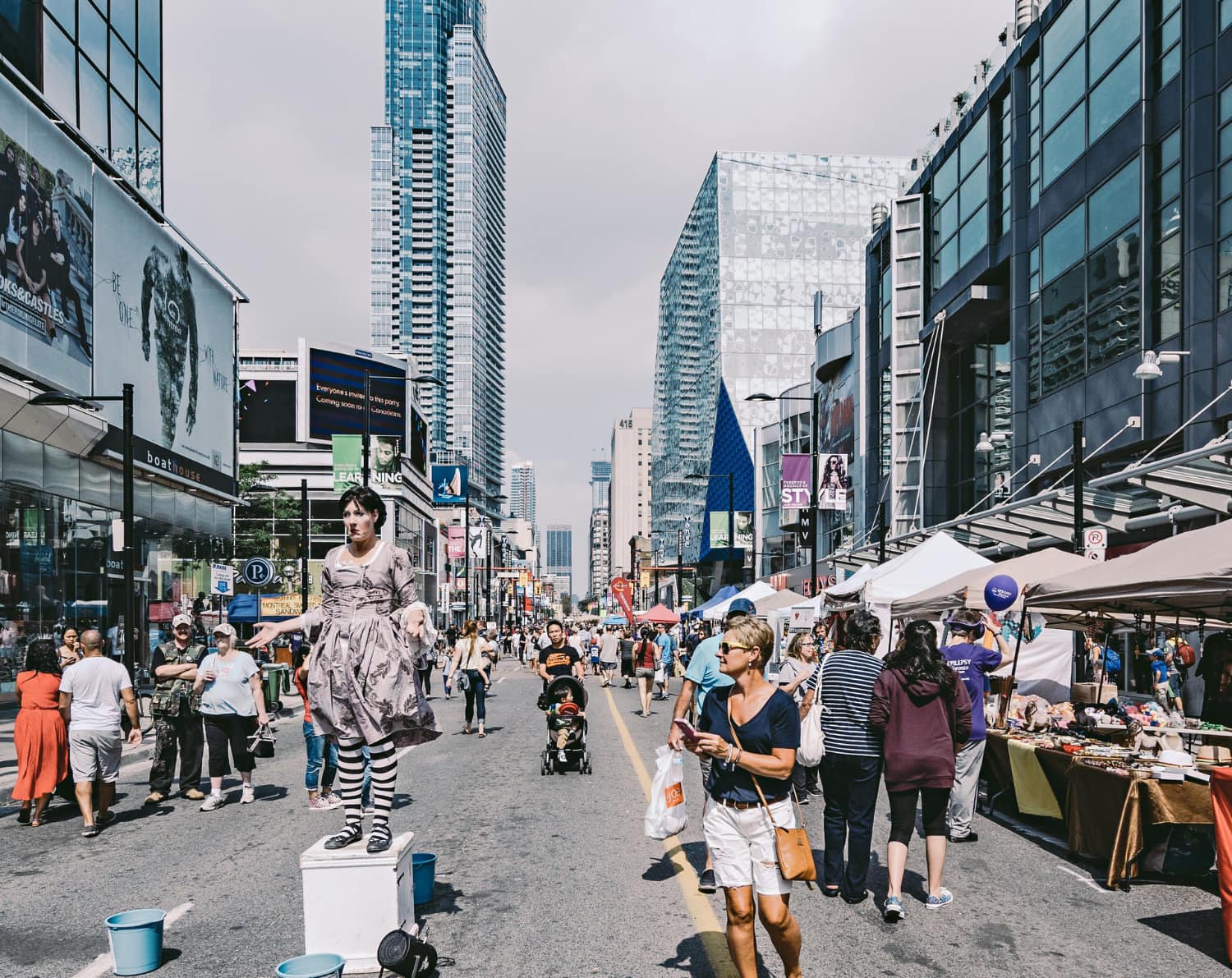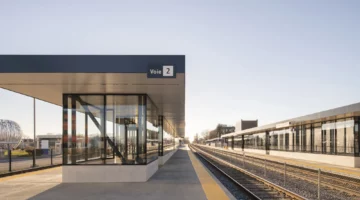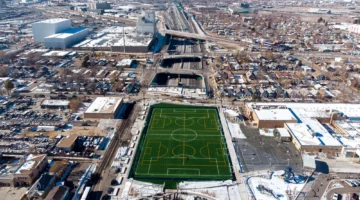"A research report called Cities Alive by Arup, a multinational engineering and design firm, enumerated 50 benefits of walkable places. This article, the second in a series, focuses on economic advantages and pares the list down to 10. Here’s 10 economic benefits of designing and building human-scale cities and towns:
1. Boosts prosperity
“Walkable environments are not just healthier but also wealthier: research has shown positive correlations between improved walkability, raised local retail spend, enhanced value of local services and goods and the creation of more job opportunities,” Arup says. In Lancaster, California, for example, making the downtown more walkable generated $130 in private investment and $273 million in economic output during a national recession.
2. Supports local business
Economist Joe Cortright calculated that Portland residents drive 20 percent less on average, resulting in a $1.2 billion “green dividend” that tends to stay in the local economy, supporting local business. According to Arup, “a dense and walkable urban network may facilitate the spread of small local shops and street markets, able to increase variety of goods and services, independent retailing, local employment and start-up opportunities.”
3. Enhances creative thinking and productivity
An increase in walking is correlated with higher levels of productivity and creative thinking.
4. Enhances a city’s identity
A city’s identity is driven by how cultural and social interactions take place, which can be enhanced by improvements in the public realm. A strong identity and “genius loci” can boost the local economy. Barcelona, Spain, combined improvements in the public realm with branding to make the city more competitive internationally. [...]"
Economic benefits of walkable places
There are many benefits of building walkable places, backed up by research and common sense, to the point where explaining and distilling these advantages may be difficult




